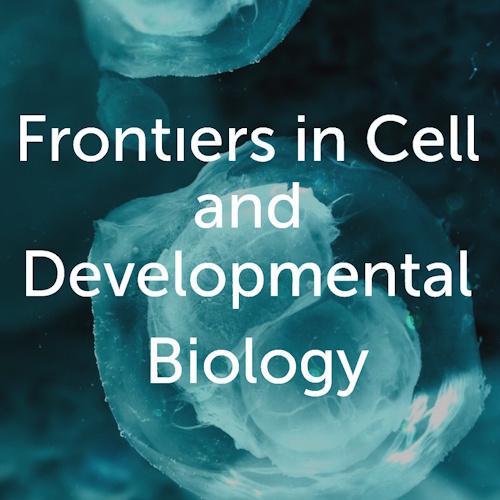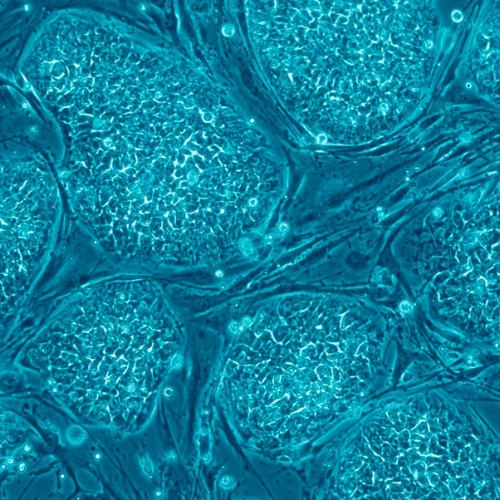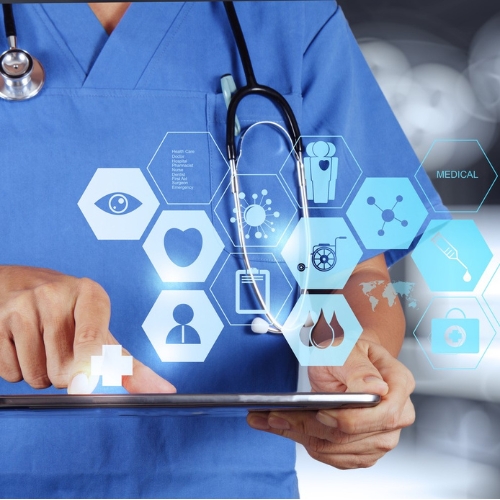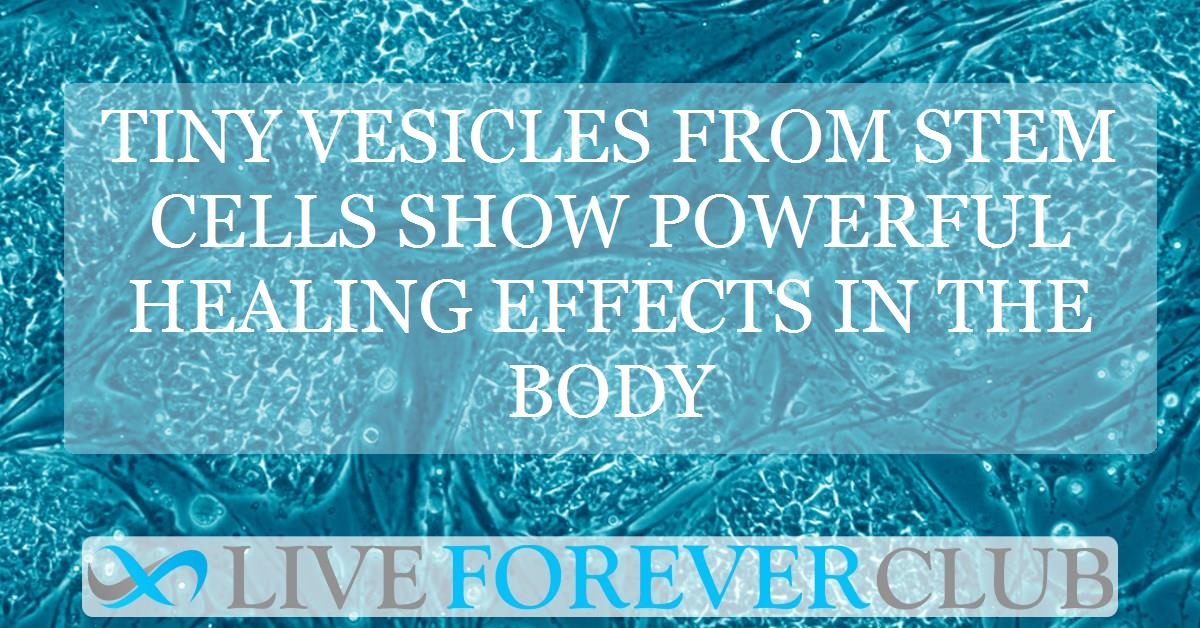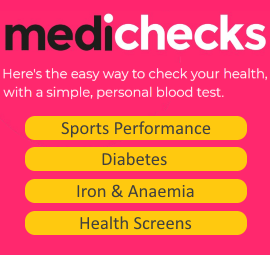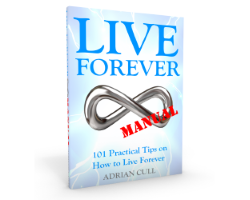Mesenchymal stem cell-derived extracellular vesicles (MSC-EVs) are changing how we approach healing. These nano-sized carriers pack powerful therapeutic potential without the risks associated with traditional cell therapies. Unlike mesenchymal stem cells (MSCs), EVs don’t divide, making them safer and less likely to cause immune rejection or tumours.
EVs also offer longer shelf-life and can cross barriers in the body with ease, including the blood-brain barrier. They carry RNA, proteins, and signaling molecules directly to damaged cells, helping to reduce inflammation, rebuild tissue, and stimulate repair. Already, over 60 clinical trials have tested their potential in conditions like COVID-19, stroke, and wound healing.
Still, challenges remain. Issues with large-scale production, targeting, and long-term tracking limit their full use in clinics. That’s where bioengineering steps in—working to enhance their precision, shelf life, and delivery.
How MSC-EVs Are Made and Used
EVs are produced naturally by cells and include exosomes, microvesicles, and apoptotic bodies. These differ by size and how they form. Exosomes, for instance, emerge from inside the cell and are the smallest of the group.
Making MSC-EVs for therapy involves several stages. Cells from sources like bone marrow or fat are grown and then induced to release vesicles. These vesicles are separated, purified, and stored—often at -80°C. They can then be loaded with drugs or RNA for delivery into the body.
Donor age, health, and even sex can change the quality of the EVs. The cell environment, oxygen levels, and external stimuli also play a role. This makes consistency a major concern. Isolation methods, often based on centrifugation or filtering, aim to preserve their function while ensuring purity.
Musculoskeletal Healing With MSC-EVs
Bone fractures, arthritis, and tendon injuries affect millions. MSC-EVs offer a new option where current therapies fall short. In fractures, they support bone repair by improving blood vessel growth and helping stem cells move to the injury. One study in mice used hydrogels to keep EVs active longer, boosting recovery.
For osteoporosis, MSC-EVs reduce bone loss by encouraging bone-forming cells and blocking bone-resorbing ones. They also improve immune function around joints and increase cartilage repair in osteoarthritis models.
In tendons and ligaments, EVs encourage fibroblast growth and shift immune cells from harmful to healing types. These shifts reduce inflammation and strengthen tissue mechanics in injury models, including Achilles tendon repair and ACL reconstruction.
Regeneration in the Brain and Nervous System
Neurological diseases like Alzheimer’s, stroke, and brain injury are tough to treat. EVs offer new hope. They can cross into the brain and deliver messages that calm inflammation, protect neurons, and repair damage.
In Alzheimer’s models, EVs reduce toxic protein buildup and boost memory. They help restore brain plasticity and prevent cell death. In stroke, they reduce brain swelling and support new blood vessel growth, limiting the extent of injury.
For traumatic brain injury, EVs help neurons survive, support myelin repair, and reduce long-term inflammation. They also improve cognitive function by dampening harmful immune pathways.
Lung Repair and Respiratory Relief
Respiratory conditions such as asthma, ARDS, and lung infections can severely limit breathing. MSC-EVs help reduce airway inflammation, promote tissue repair, and even inhibit virus replication.
In COVID-19, for example, EVs have shown success in reducing lung damage and calming immune overreactions. They improve macrophage response and help repair lung lining by regulating key immune pathways.
In asthma, EVs lower eosinophil levels, ease airway tightening, and reduce inflammation. Mouse models have shown improved breathing and reduced immune cell infiltration after EV treatment.
Heart Healing and Cardiovascular Potential
Heart attacks and artery disease kill millions every year. MSC-EVs offer a non-invasive way to reduce heart damage, boost repair, and encourage new blood vessel growth.
In heart attack models, EVs improve heart function, limit scarring, and restore blood supply. Certain microRNAs carried by EVs block cell death and boost antioxidant levels. Others reduce inflammation and slow harmful remodeling of the heart.
In atherosclerosis, EVs protect artery walls by calming immune responses and preventing smooth muscle cell overgrowth. They help prevent plaque buildup and improve endothelial function, the first step in vessel healing.
Helping the Gut and Liver Recover
Liver fibrosis, colitis, and pancreatitis are hard to treat. MSC-EVs reduce inflammation and support organ recovery. In liver disease, they block pathways that lead to scarring and help protect liver cells from dying.
In inflammatory bowel disease, EVs strengthen the gut lining and reduce harmful immune signals. They also prevent tissue narrowing and improve healing in fistulas. Some studies even show better mitochondrial function after EV treatment in colitis models.
When used in liver injury models, EVs cut down on fat buildup, support healthy macrophages, and restore liver structure by calming overactive stellate cells.
Kidney Protection and Skin Repair
In kidney diseases like acute kidney injury and chronic kidney disease, MSC-EVs lower oxidative stress, reduce cell death, and promote recovery of tubular cells. They also calm harmful immune cells and improve blood flow in damaged kidneys.
In models of skin injury and aging, MSC-EVs promote healing. They improve collagen production, calm inflammation, and reduce scarring. Diabetic wounds heal faster with EVs due to enhanced blood vessel growth and immune cell coordination.
They also help in hair loss, eczema, and psoriasis by reducing local inflammation and encouraging tissue renewal. These effects make EVs promising tools in dermatology and cosmetic medicine.
Clinical Trials, Hurdles, and Hope Ahead
Many early trials show strong promise. In COVID-related ARDS, a U.S.-based trial showed that EVs reduced death rates without side effects. In stroke and hair loss, improvements in imaging and hair density were seen.
But results aren’t always consistent. In knee osteoarthritis, one trial saw no clinical benefit over placebo. This shows the need for more trials with better controls and larger patient groups.
Scaling up production is another big hurdle. Stem cells lose strength over time, limiting how many EVs they can produce. New methods, like using 3D bioreactors or modifying genes to improve output, are being explored.
Future Perspectives
EVs have a short life in the body, so strategies like hydrogel encapsulation are being used to prolong their effects. Some researchers are adding peptides or using magnets to guide EVs directly to injured tissue.
Safety remains a top concern. Quality checks for purity, contamination, and proper dosing are needed before more widespread use. Global guidelines are forming, but more clarity is needed.
If these challenges are met, MSC-EVs could shift medicine away from just treating symptoms. Instead, they offer real recovery by restoring balance and guiding healing from within.
The study is published in the journal Frontiers in Cell and Developmental Biology. It was led by researchers from China Medical University.
